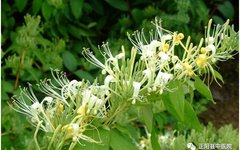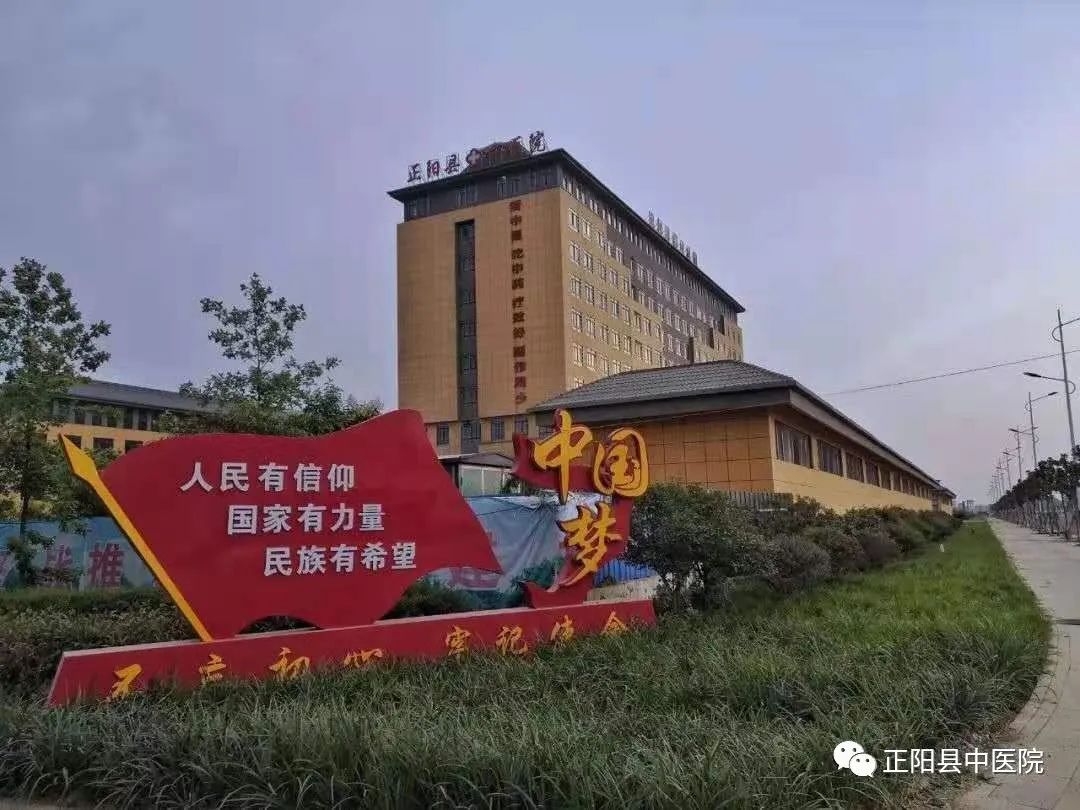

This Issue’s Focus: Jin Yin Hua
Traditional Chinese Medicine (TCM) utilizes unique herbal medicines, among which is Jin Yin Hua (Honeysuckle). What are the effects and functions of Jin Yin Hua? Let’s explore its benefits and precautions.
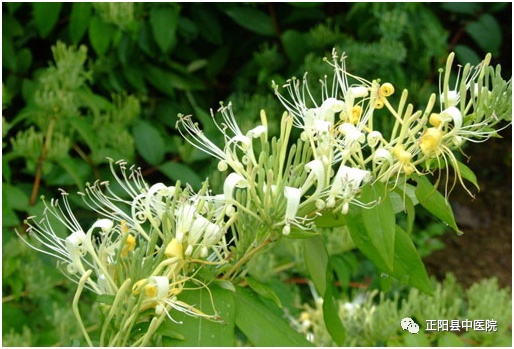
Introduction to Jin Yin Hua
Herb Name: Jin Yin Hua
Alias: Ren Dong Hua (《Tang Ben Cao》), Yin Hua (《Wen Bing Tiao Bian》), Lu Ce Hua (《Zhi Wu Ming Shi Tu Kao》), Su Hua (《Yao Cai Zi Liao Hui Bian》), Jin Hua (《Jiangsu Zhi Yao Zhi》), Jin Teng Hua (《Hebei Yao Cai》), Shuang Hua (《Zhong Yao Cai Shou Ce》), Shuang Bao Hua (《Shaanxi Zhong Yao Zhi》), Er Hua (《Shaanxi Zhong Yao Zhi》), Er Bao Hua (《Jiangsu Yan Fang Cao Yao Xuan Bian》).
Source: Lu Chan Yan Ben Cao
Origin: The flower buds of the plant Lonicera japonica, harvested in the morning on sunny days in May to June after the dew has dried, then dried in the shade or on mats, turning occasionally to prevent blackening. Avoid direct sunlight. Store in a dry, ventilated place to prevent insect infestation and discoloration.
Habitat Distribution: Grown in most regions of China, with the highest yield in Shandong and better quality from Henan.
Characteristics: The dried flower buds are long and cylindrical, slightly curved, about 2-3 cm long, with a thicker upper part, diameter about 1.5-3 mm. The exterior is yellow or yellow-brown, covered with short soft hairs and glandular hairs. The base has small green calyxes, 5-lobed, with triangular lobes that are hairless. When split open, 5 stamens and 1 pistil are visible. The corolla is tubular, with the stamens and pistil protruding. It has a fragrant aroma and a slightly bitter taste. The best quality is from unopened flowers that are yellow-white and plump.
Chemical Components: The flowers contain flavonoids, inositol (about 1%), saponins, and tannins.
Pharmacological Effects:
1. Antibacterial Effects
In vitro, it inhibits various bacteria (Salmonella typhi, paratyphoid, Escherichia coli, Proteus, Pseudomonas aeruginosa, Bordetella pertussis, Vibrio cholerae, Staphylococcus, Streptococcus, Streptococcus pneumoniae, Neisseria meningitidis, etc.). Sensitivity reports vary, but generally, it shows strong activity against Salmonella, especially against typhoid and paratyphoid bacteria. At high concentrations, it inhibits Shigella, while at low concentrations, it is more effective against Shigella dysenteriae and less so against Shigella flexneri. It has been reported that the extract is effective against Staphylococcus aureus but not against E. coli. It also exhibits antibacterial effects against common bacteria in chronic bronchitis (Streptococcus pneumoniae, Streptococcus pyogenes, and Haemophilus influenzae) (plate method). Additionally, it can cause morphological changes in sensitive bacteria without affecting Gram staining properties. High-pressure sterilization significantly affects its antibacterial efficacy. The efficacy diminishes after decoction. The exact active components remain unidentified, but earlier reports suggested a non-volatile oil with high water solubility and stability, maintaining antibacterial activity for 3-4 weeks when refrigerated. It is said that the leaves have stronger antibacterial effects than the flowers, which requires further study.
Jin Yin Hua shows some inhibitory effects on Mycobacterium tuberculosis in vitro. In experimental treatments on mice inoculated with Mycobacterium tuberculosis, it significantly alleviated pulmonary lesions, although the bacteria could still be detected in direct smears and cultures. Its water extract (1:4) shows mild inhibitory effects on certain skin fungi. The decoction has minimal effects on skin fungi, but on media containing 30% Jin Yin Hua, some fungi exhibit varying degrees of green halo, the significance of which remains to be clarified. The water decoction shows stronger antibacterial effects against Leptospira than alcohol extracts, but weaker than Huang Lian (Coptis chinensis) or Li Zhi Cao (Litchi chinensis). It can also delay the pathogenic effects of respiratory viruses on cells. The Yin Qiao San (Syrup) shows in vitro inactivation of the PR strain of influenza virus; however, it has no effect on viral replication in chicken embryos.
2. Other Effects
In fasting rats, when administered large amounts of cholesterol, simultaneous administration of Jin Yin Hua (2.5 g/kg) resulted in lower blood cholesterol levels compared to the control group, suggesting that Jin Yin Hua may reduce intestinal absorption of cholesterol. The flow extract shows no significant effects on respiration, blood pressure, or urine volume in rabbits and dogs, with slight increases in respiratory amplitude and minor, inconsistent changes in blood pressure; absorption is incomplete whether taken orally or injected; it has local irritant effects. Its toxicity is low, with a median lethal dose of 53 g/kg in mice. Additionally, it has been reported that Jin Yin Hua hot water extract has mild preventive effects on pyloric ligation-induced gastric ulcers in rats, and when combined with pig kidney, Poria, ginseng, Euryale, and pearl, the preventive effects are stronger; the extract of this combination shows no direct effects on cancer cells but can reduce the decrease in peroxidase and cholinesterase activity in the livers of cancer-bearing animals.
Preparation: Jin Yin Hua: Remove sand and impurities. For charcoal, take cleaned Jin Yin Hua, place in a pot, and stir-fry over high heat until dark brown, then spray with clean water, remove, and dry.
Taste and Properties: Sweet, cold.
①《Dian Nan Ben Cao》: “Cold in nature, bitter in taste.”
②《Ben Cao Zheng》: “Sweet in taste, neutral in nature, slightly cold.”
Meridian Entry: Enters the Lung and Stomach meridians.
①《Lei Gong Pao Zhi Yao Xing Jie》: “Enters the Lung meridian.”
②《De Pei Ben Cao》: “Enters the Foot Yangming and Taiyin meridians.”
Effects and Functions of Jin Yin Hua
Clears heat and detoxifies. Treats febrile diseases, heat-toxicity blood dysentery, abscesses, swellings, scrofula, and hemorrhoids.
①《Dian Nan Ben Cao》: “Clears heat, resolves sores, abscesses, and scrofula.”
②《Sheng Cao Yao Xing Bei Yao》: “Can dissipate abscesses and toxins, stop dysentery, wash sores, and eliminate blood heat from the skin.”
③《Ben Cao Bei Yao》: “Nourishes blood and quenches thirst. Treats scabies and eczema.”
④《Chongqing Tang Sui Bi》: “Clears wind-heat dampness, resolves epidemic toxins, calms liver and gallbladder wind, treats convulsions and epilepsy symptoms.”
⑤《Guangzhou Military Region Commonly Used Chinese Herbal Medicine Manual》: “Clears heat and detoxifies. Treats external febrile cough, enteritis, bacterial dysentery, measles, mumps, septicemia, abscesses, appendicitis, traumatic infections, and pediatric prickly heat. Made into a cooling tea, it can prevent heat stroke, colds, and intestinal infectious diseases.”
Formulations with Jin Yin Hua
① For prevention of Japanese encephalitis and epidemic cerebrospinal meningitis: Jin Yin Hua, Lian Qiao (Forsythia), Da Qing Gen (Isatis root), Lu Gen (Reed root), and Gan Cao (Licorice) each 9 g. Decoction as tea, one dose daily for three to five days. (《Jiangxi Herbal Medicine》)
② For treating Taiyin wind warmth and warm heat, early winter warmth with heat but no aversion to cold and thirst: Lian Qiao 30 g, Jin Yin Hua 30 g, Ku Ju Gen (Bitter root) 18 g, Bo He (Mint) 18 g, Zhu Ye (Bamboo leaf) 12 g, Sheng Gan Cao 15 g, Jing Jie (Schizonepeta) 12 g, Dan Dou Chi (Fermented soybean) 15 g, and Niu Bang Zi (Burdock seed) 18 g. Grind into powder, take 18 g, decoct with fresh reed root. (《Wen Bing Tiao Bian》 Yin Qiao San)
③ For treating dysentery: Jin Yin Hua (roasted in a copper pot until dry) 15 g. For red dysentery, take with white honey water; for white dysentery, take with sand sugar water. (《Hui Zhi Tang Experience Formula》 Ren Dong San)
④ For treating heat stranguria: Jin Yin Hua, Hai Jin Sha (Lygodium), Tian Hu Su (Coriander), Jin Xie Zi (Goldthread), and Bai Mao Gen (Imperata) each 30 g. Decoction, one dose daily for five to seven days. (《Jiangxi Herbal Medicine》)
⑤ For treating biliary tract infections and wound infections: Jin Yin Hua 30 g, Lian Qiao, Da Qing Gen, Huang Qin (Scutellaria), and Ye Ju Hua (Wild chrysanthemum) each 15 g. Decoction, one dose daily. (《Jiangxi Herbal Medicine》)

Reviewed by: Su Xiaoyou Edited by: Hu Xuemei
Some images sourced from the internet
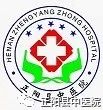
Zhengyang County Traditional Chinese Medicine Hospital
Yan Cheng Chuang Jing Bo
Jin Gu Xin Ye Ai

Warm Reminder
Swipe up to read the full article
Hospital website: www.hnzyzyy.cn
Emergency Department: 0396-3288536
120 Emergency: 0396-3288599
0396-3288546
Hospital Office: 0396-3288506
General Duty: 13723071308
Zhengyang County Traditional Chinese Medicine Hospital New Ward Building
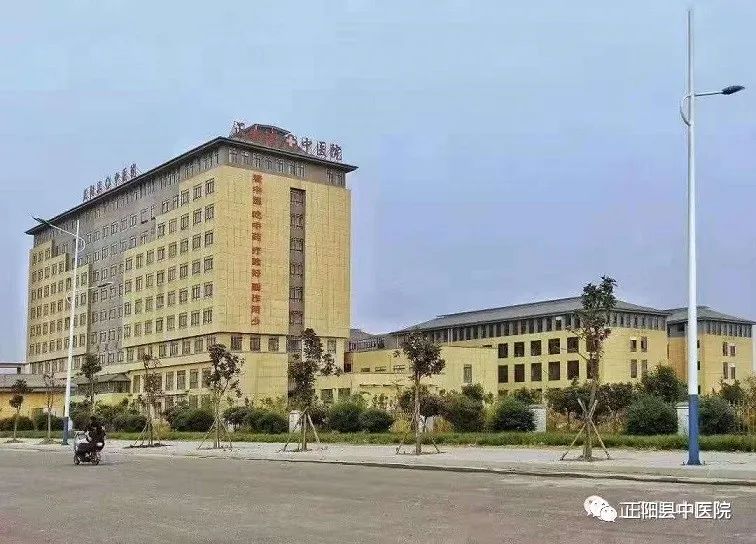
Zhengyang County Traditional Chinese Medicine Hospital Old Outpatient Building
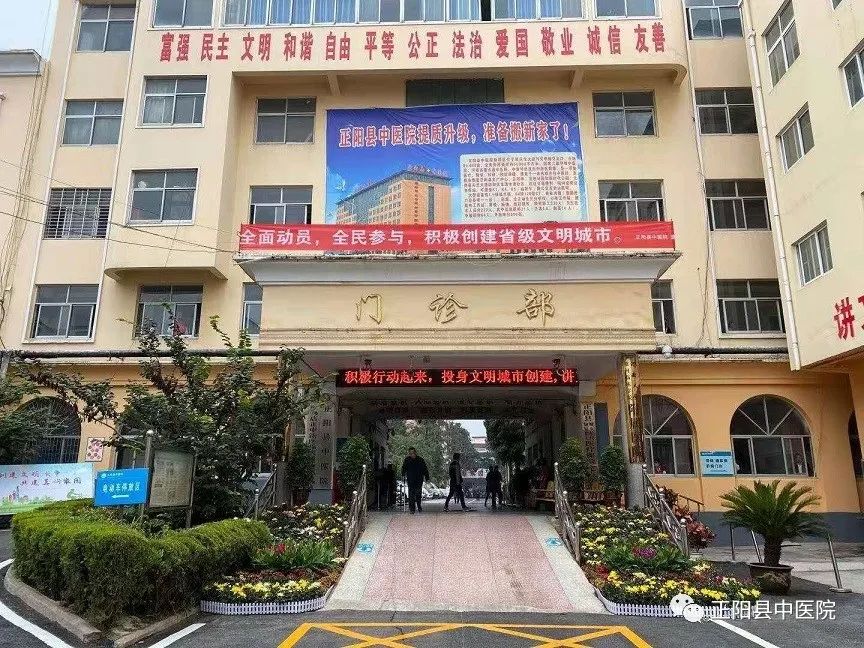



Scan to follow us

